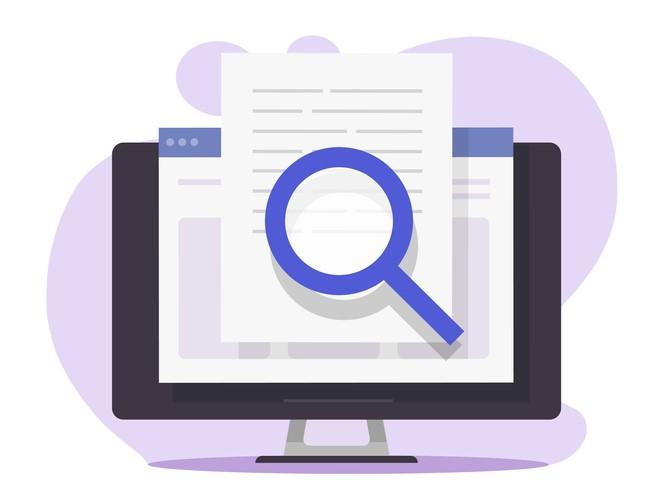
Vivid language: teaching online students to assess writing
Teaching students how to self-assess their writing for focus, organisation and development is a big, yet incredibly important, challenge. Thankfully, the online classroom offers a chance to use word processing tools to refresh writing instruction and create a practical skill for student-writers to use in their academic lives.
Students assess themselves when they describe and assign worth to their learning processes and the products of their learning, plus use self-monitoring to improve their learning abilities, processes and products. Formative feedback from oneself is the basis of self-assessment. In the writing classroom, students use self-assessment to correct themselves as thinkers and composers of ideas. The online, video-based classroom supplies faculty and students with tools that make self-assessment visual, engaging, immediate and comprehensible.
- If peer feedback was good enough for the Brontë sisters, it’s good enough for us
- Three lessons from exhibiting final-year projects online
- Making grading in university courses more reliable
Formative assessment in the online classroom
Writing process pedagogy guides students to discover their ideas through writing. In a face-to-face classroom, students and faculty can work together to read through and shape drafts, students can receive formative feedback with an instructor at their side, and instructors can offer developmental comments and guidance by writing on the page.
In the online video classroom, working collaboratively with students to discover and shape their ideas must take different forms since instructors and learners are separated by distance. Technology can overcome distance in the writing classroom and layer in opportunities for students to practice self-assessment, as well as to receive formative assessment from their instructor and peers. Video interfaces combined with tools in word processing apps offer the following:
- Students the means to share their practice on new writing strategies and assess their learning processes
- Peers an opportunity to point out specific areas where their classmates can use new writing strategies to better their written work, thereby growing self-assessment capabilities through practice
- Instructors a way to give student writing quick, yet thorough, formative and summative assessments
A Meal of vivid writing
Student-writers can benefit from a structured approach to academic writing. The “Meal” plan for paragraph construction is a good starting place for this technique. “Meal” stands for: main idea; evidence; analysis; linking idea.
By using the Meal plan, students learn to synthesise their ideas with support and evidence, assess the evidence and explain its application to the main idea and then create a clear transition to the next paragraph.
In the online classroom, students use visual tools available in any word processing app to bolster their Meal plan. Using four different colours, students highlight each part of the paragraph to show its function as either a main idea, evidence, analysis or link.
Some video platforms allow the instructor to divide the class into smaller groups, where students can help one another with the task and check one another’s highlighting decisions while the instructor clicks from group to group. This use of technology mimics working at a student’s elbow to review writing in the face-to-face classroom but, with the use of screen-sharing, each student can put their work in front of everyone in the small group at the same time for whole-group collaboration.
Self-assessment to peer assessment to self-assessment
Back with the entire class, students screen-share their documents and present their highlights. Faculty can guide other students to ask questions of the content and make suggestions about the order of sentences within paragraphs or the organisation of paragraphs overall. With their attention focused on the structure of written work, students evaluate writing for its focus, organisation and development. They become less focused on whether they like or agree with the content of the writing and more concerned with the quality the composition’s form. This real-time, formative feedback offers new ideas to consider in the revision process.
Using visual online tools to draft writing and demonstrate their decisions to other writers helps students become aware self-assessors. They engage in guided practice with their online classmates and see how their peers work with the material and apply concepts. Practice with peer assessment enhances their powers to self-assess their learning abilities, processes and products.
Summative assessment
For faculty, assessing student writing throughout the Meal plan process is scaffolded. First, faculty can assess students’ application of the Meal plan structure to sentences per paragraph. Then, faculty can assess the colour-coding and rationale that students use to differentiate the parts of their paragraphs. Finally, by assigning a reflective paragraph as the culmination of a writing project, faculty can assess student comprehension of the lesson by looking at how students describe the jobs that sentences and paragraphs are performing in the composition.
Students develop strong, lasting self-assessment abilities as writers by working with visual strategies and tools that are used easily online and on camera.
Audra Spicer is programme director of general education – humanities and social sciences at Colorado State University Global.




